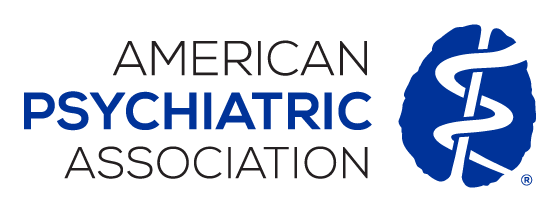Previous studies have observed a link between a diminished niacin response and schizophrenia, but due to small sample sizes it has been difficult to pinpoint a quantitative cutoff that can accurately distinguish patients. In the current study, Chunling Wan, Ph.D., of Shanghai Jiao Tong University in China and colleagues calculated the degree of inflammatory response to topical niacin that can objectively identify some patients with schizophrenia.
The study included 163 subjects with schizophrenia, 63 subjects with a mood disorder (depression, mania, or bipolar disorder), and 63 healthy controls from the Chinese Han population. All the participants received a comprehensive skin test that involved applications of niacin at four concentrations (0.1, 0.01, 0.001, and 0.0001 M) on the forearm. Each participant was given a score based on the skin flush response at 5, 10, 15, and 20 minutes after application.
The authors observed that overall, the schizophrenia group showed both delayed and decreased skin flush reactions after niacin stimulation, while the group with mood disorders exhibited delayed but not decreased flushing relative to controls.
After calculating various parameters, the study authors found that patients who had a total score of less than 20 and a score of less than 2.5 on their 0.1 M application after 15 minutes could be identified as having schizophrenia with about 88% accuracy in males and 84% accuracy in females. In total, 23% of male patients with schizophrenia and 42% of female patients fell below this cutoff.
Upon being ingested or applied to the skin, the vitamin niacin triggers a physiological response that dilates blood vessels and causes skin reddening in the first 30 minutes; a key part of this response is the release of the fatty acid arachidonic acid (AA) from cell membranes.
“This subgroup of SZ [schizophrenia] patients may share common abnormalities in the membrane phospholipid-AA-prostaglandin pathway, in fatty acid metabolism or even in the endogenous niacin concentration,” Wan and colleagues wrote. “Such abnormalities could have etiological implications for SZ, providing new angles to explore the disease. More importantly, it can also facilitate the design of efficient drugs for targeted treatment of these niacin-blunted SZ patients in the future.”
(Image: iStock/bluecinema)
Members of the APA Assembly are invited to attend a luncheon on Friday, November 3, for the presentation of the 2017 American Psychiatric Excellence (APEX) Awards. The awards recognize individuals who have demonstrated the highest levels of advocacy on behalf of people with mental illness. The luncheon will be held from noon to 1 p.m. in the Ambassador Ballroom of the Omni Shoreham in Washington, D.C.—immediately before the start of the Assembly’s fall meeting. RSVP now.



